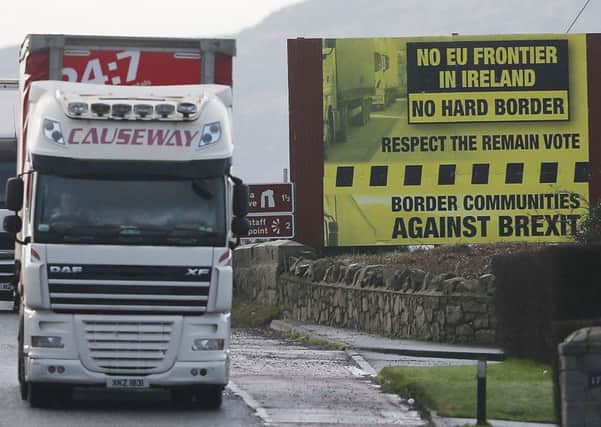Who really won the phase one talks? That depends on who you are asking


According to the agreement, the British Government is “committed to... avoiding a hard border” and “will maintain full alignment with those [EU] rules which... support North-South co-operation, the all-island economy and the protection of the 1998 [Good Friday] Agreement”. And there will be “no new regulatory barriers” between Northern Ireland and Great Britain.
My reading of that – shared by many other commentators – is that the UK government will adopt similar rules to those of the EU’s Single Market and Customs Union, even after it leaves the EU. That would enable Northern Ireland to trade with the Irish Republic and GB – and enable the Irish Republic to trade with NI and GB.
Advertisement
Hide AdAdvertisement
Hide AdBut there is one big problem with this analysis. If my interpretation is correct, why are some of the most ardent eurosceptics – such as former Conservative Party leader Iain Duncan Smith – happy with it? Clearly, they understand the agreement to mean something quite different. For one thing being “committed to... avoiding a hard border” is not the same thing as saying there will not be a hard border.
For another, it is possible to argue that the “full alignment” applies only to the activities referred to specifically in the Good Friday Agreement – energy, agriculture, health, transport, tourism, education, the environment, inland waterways, inland fisheries, marine matters, social security and urban and rural development. In which case, there is scope for significant regulatory divergence between the UK and the EU on other matters.
So which interpretation is correct? Time, perhaps, will tell. What we do know is that this lack of clarity was sufficient to enable the Brexit negotiations to move from phase one to phase two.
The other issues that had to be resolved for this progress were the size of the UK’s divorce bill – around £40bn to pay for commitments the UK had previously entered into – and a promise on the treatment of EU nationals living in the UK. (This does not include Irish nationals – including those born in Northern Ireland and who chose to have Irish nationality – who are assumed to be protected without the need of the Brexit agreement.)
Advertisement
Hide Ad